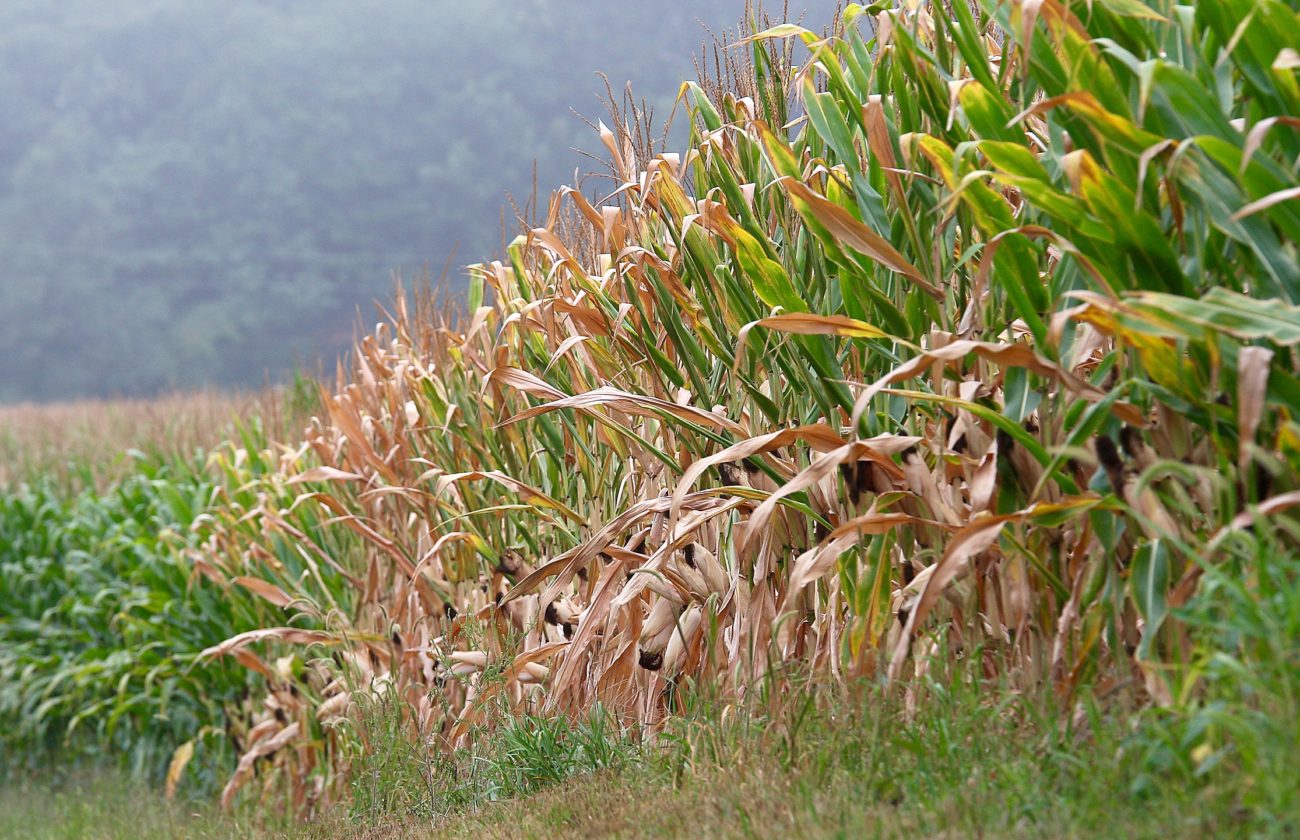SC Drought Conditions Worsen
LONG, HOT, DRY SUMMER IN STORE FOR PALMETTO STATE Last week we reported on creeping drought conditioYou must Subscribe or log in to read the rest of this content.
LONG, HOT, DRY SUMMER IN STORE FOR PALMETTO STATE
Last week we reported on creeping drought conditio
